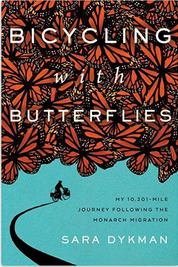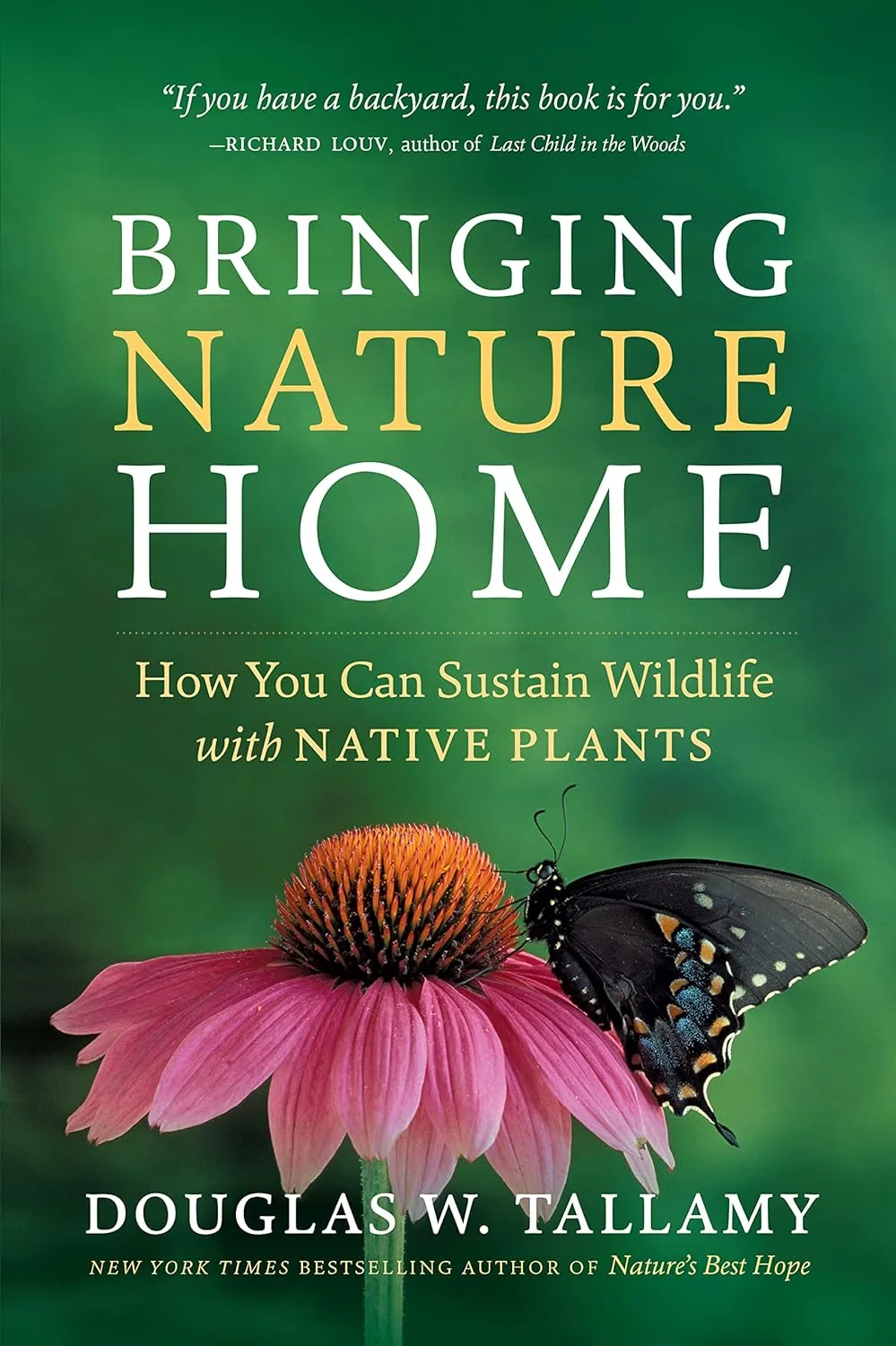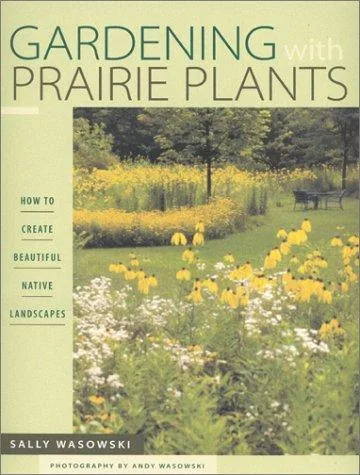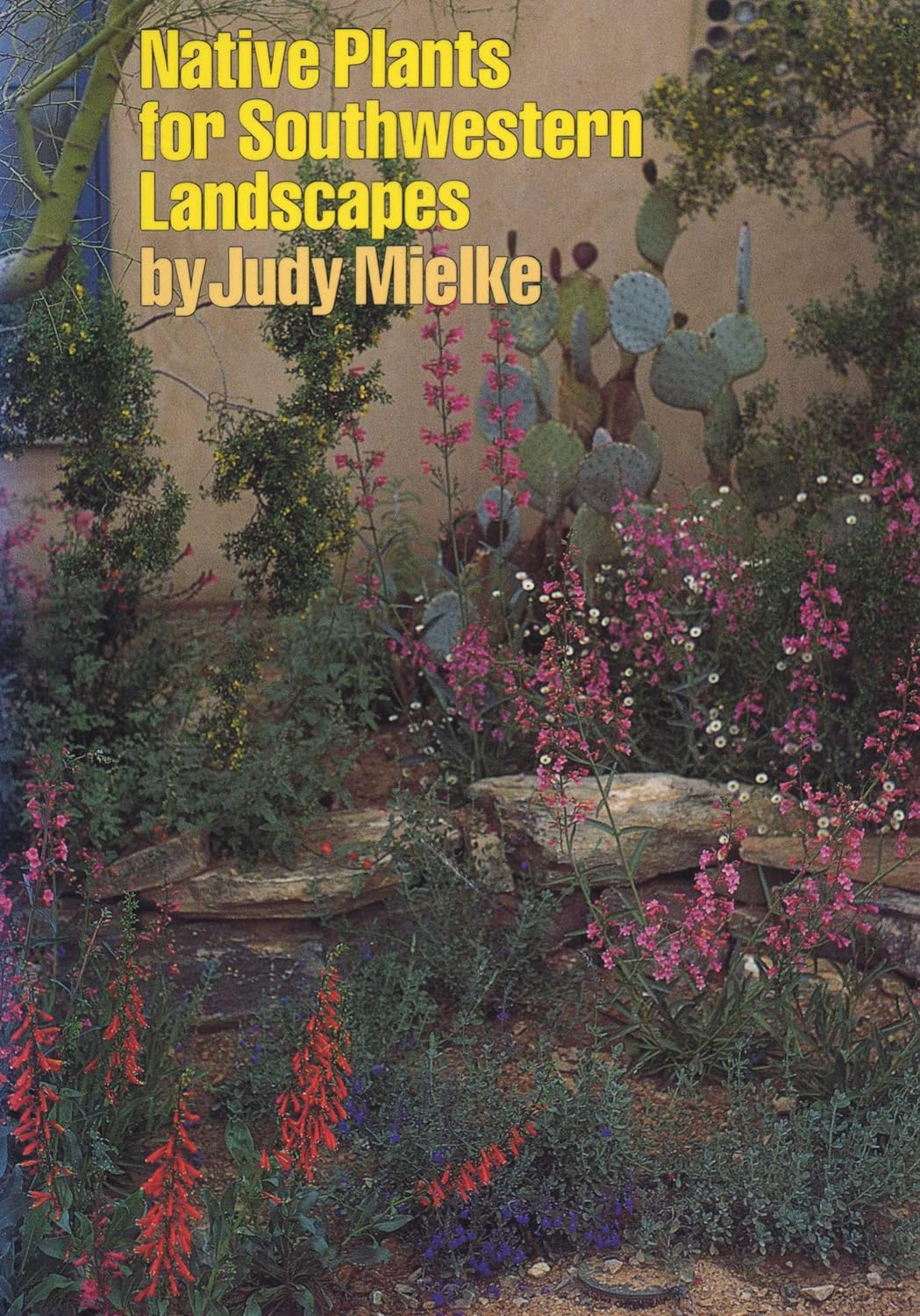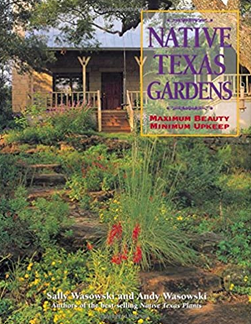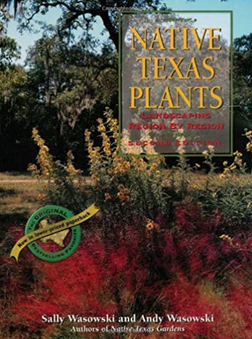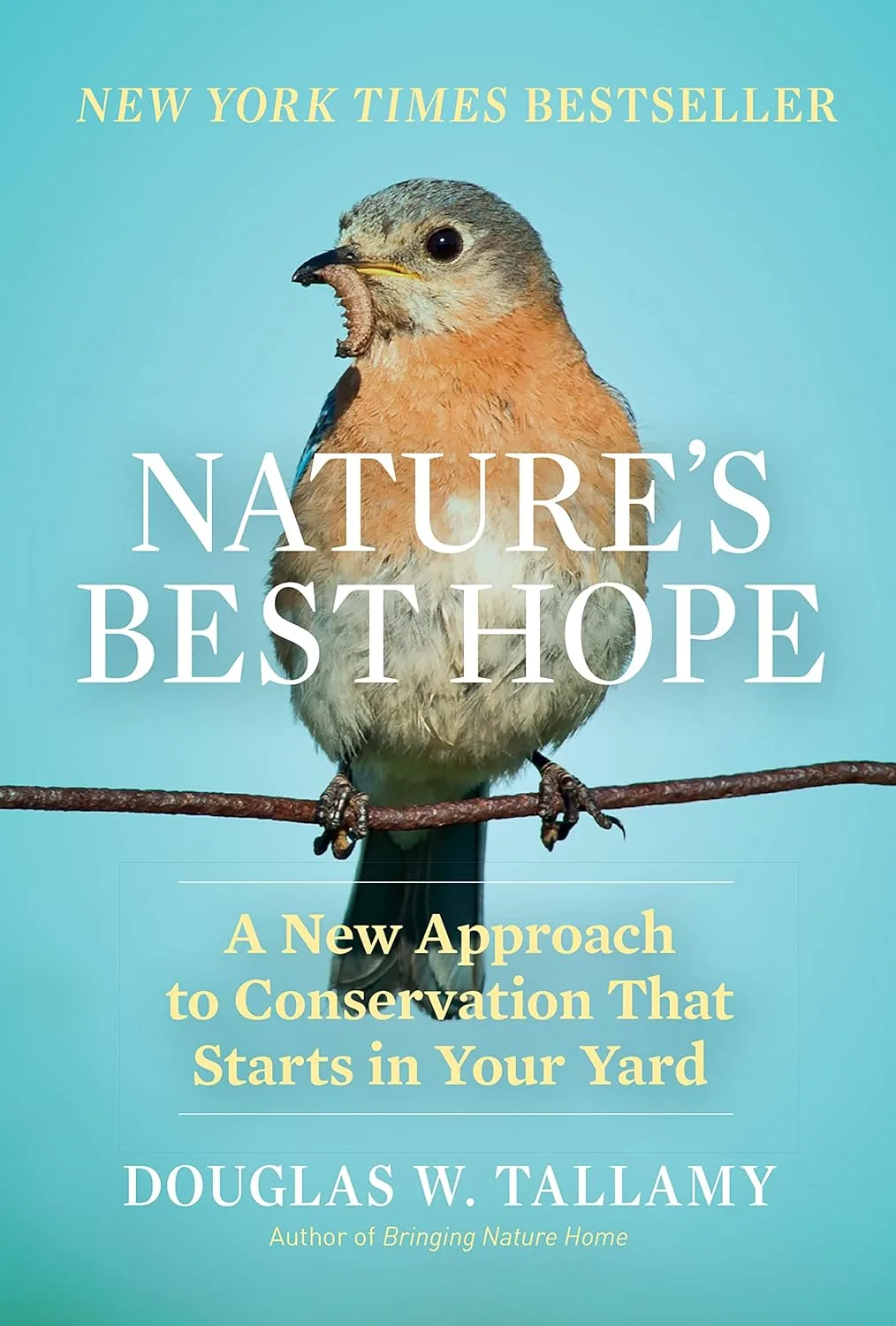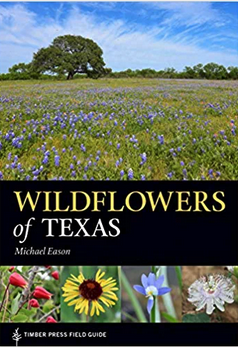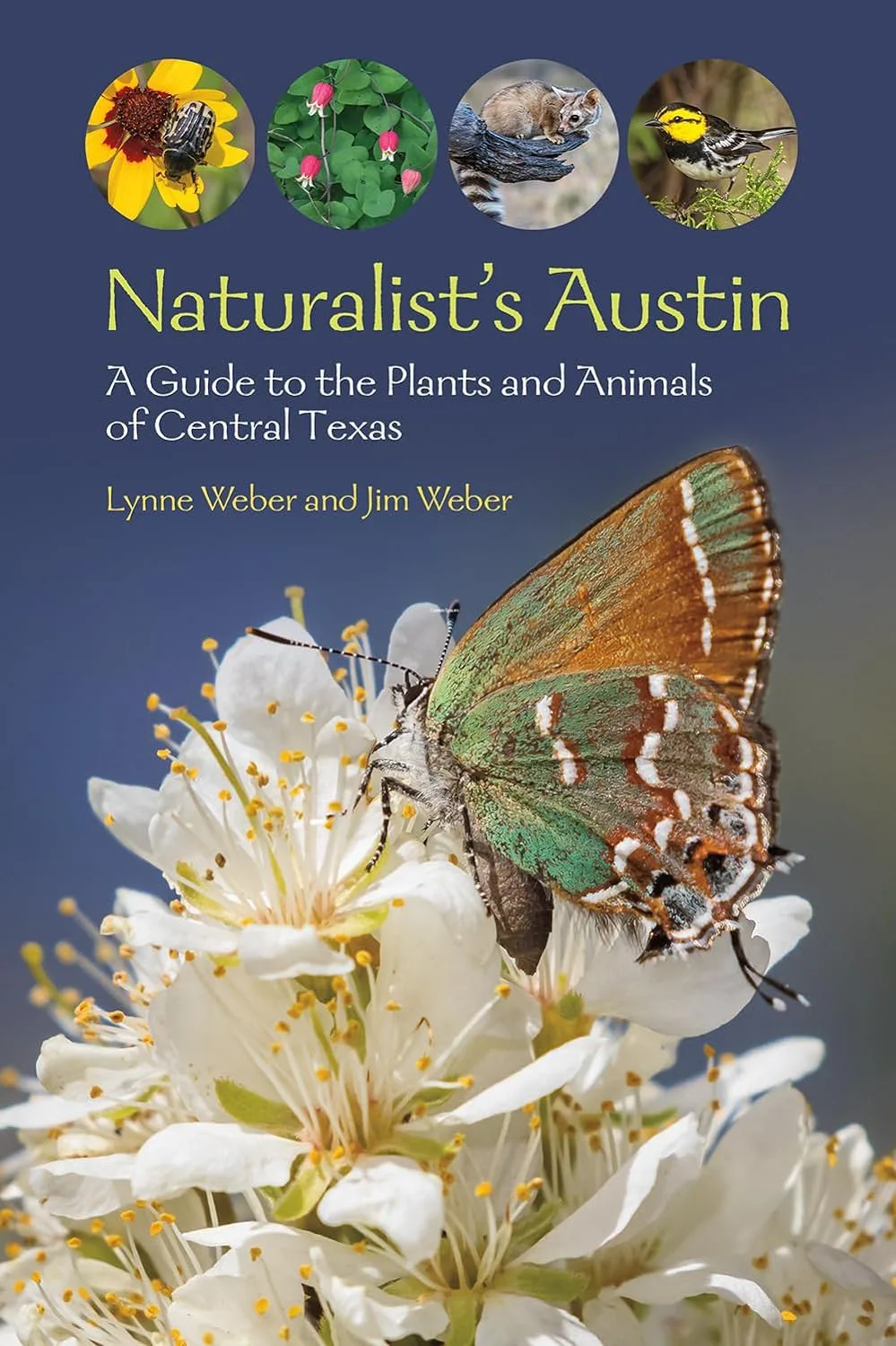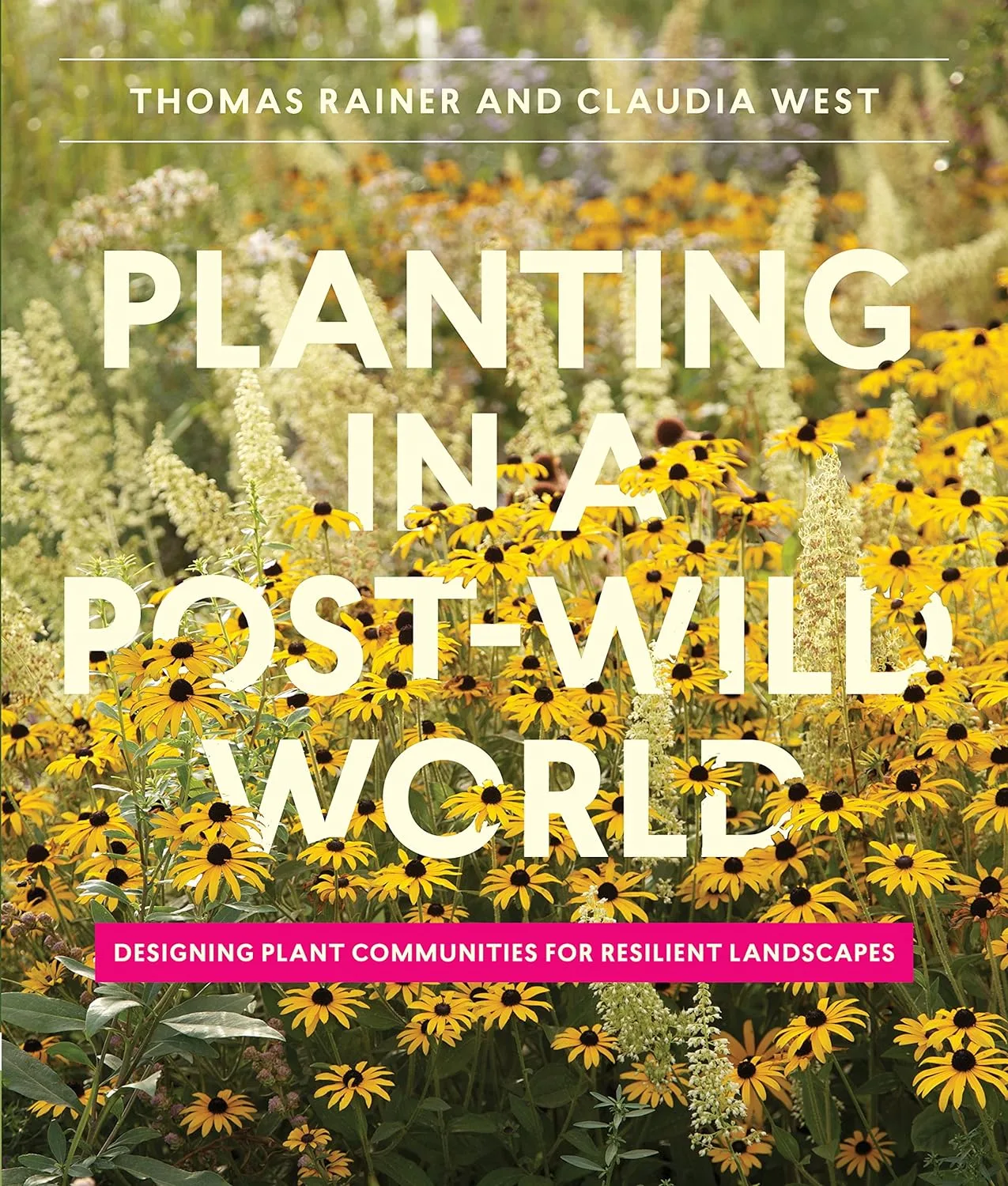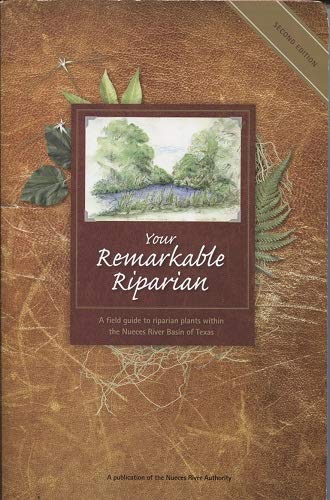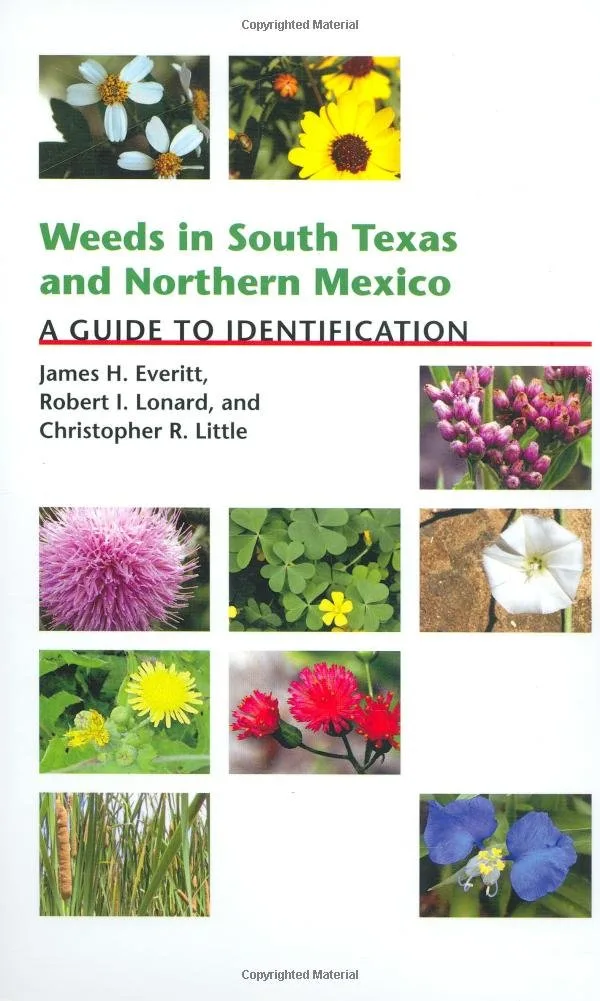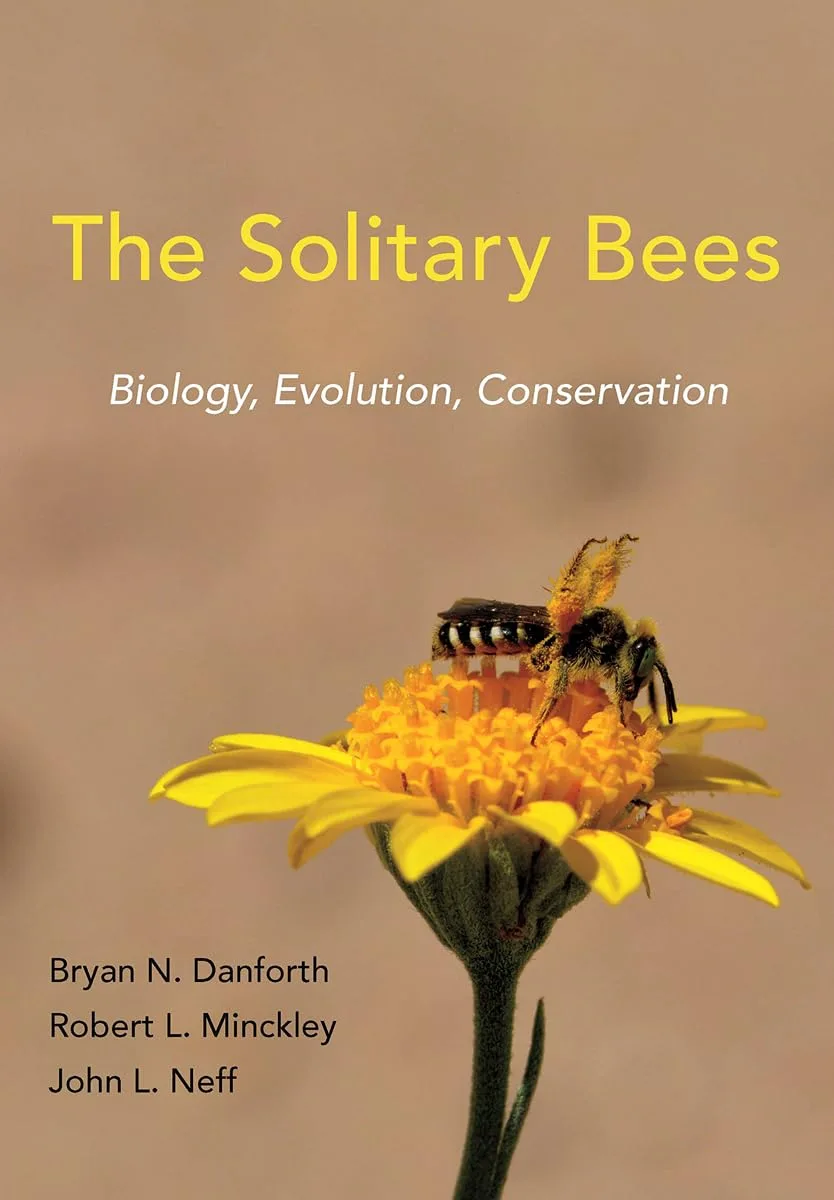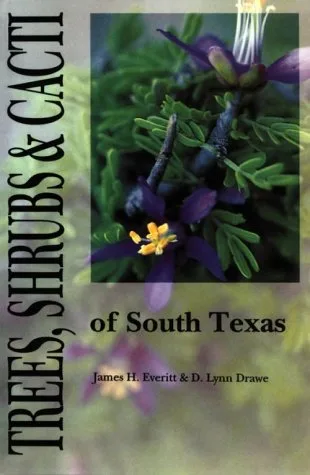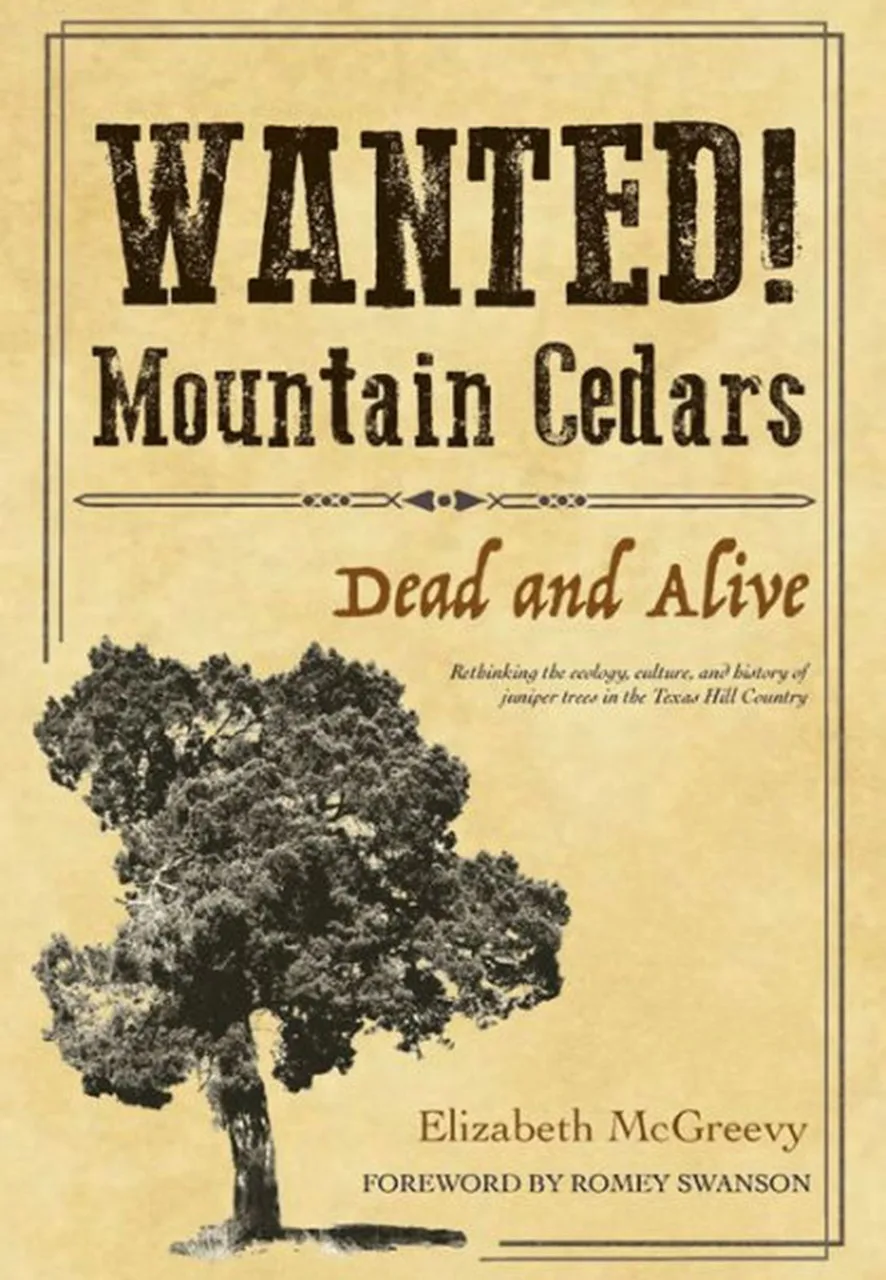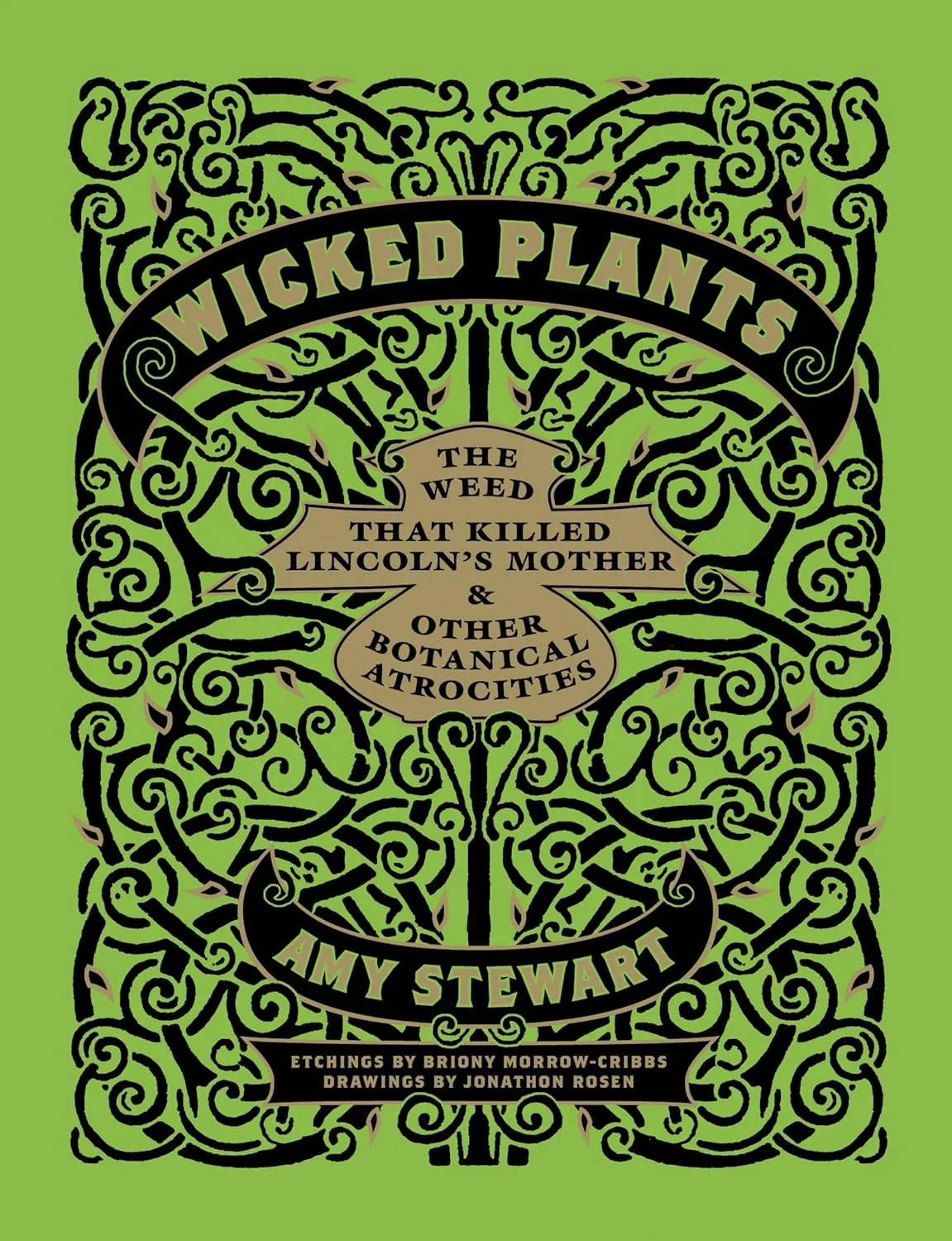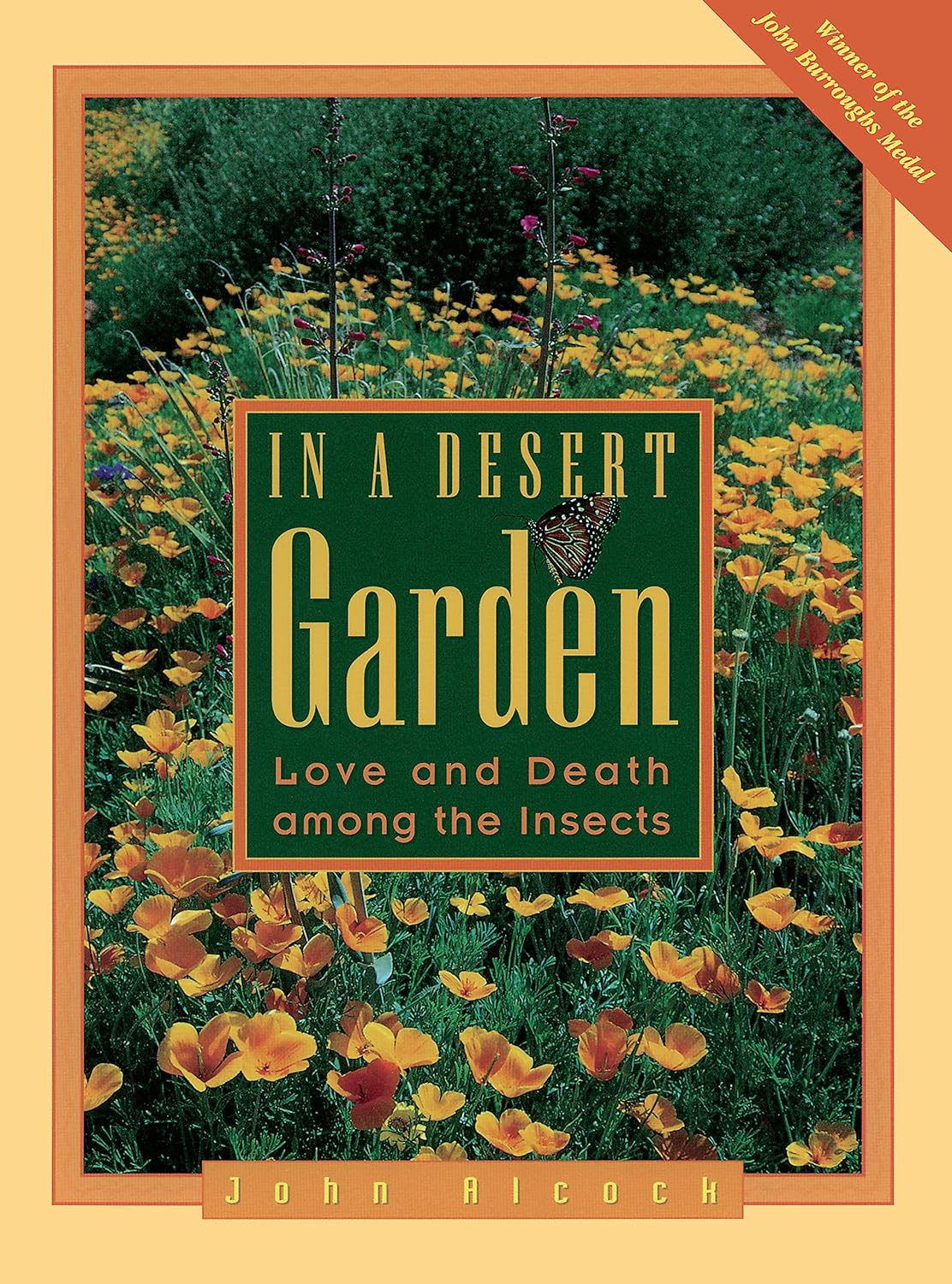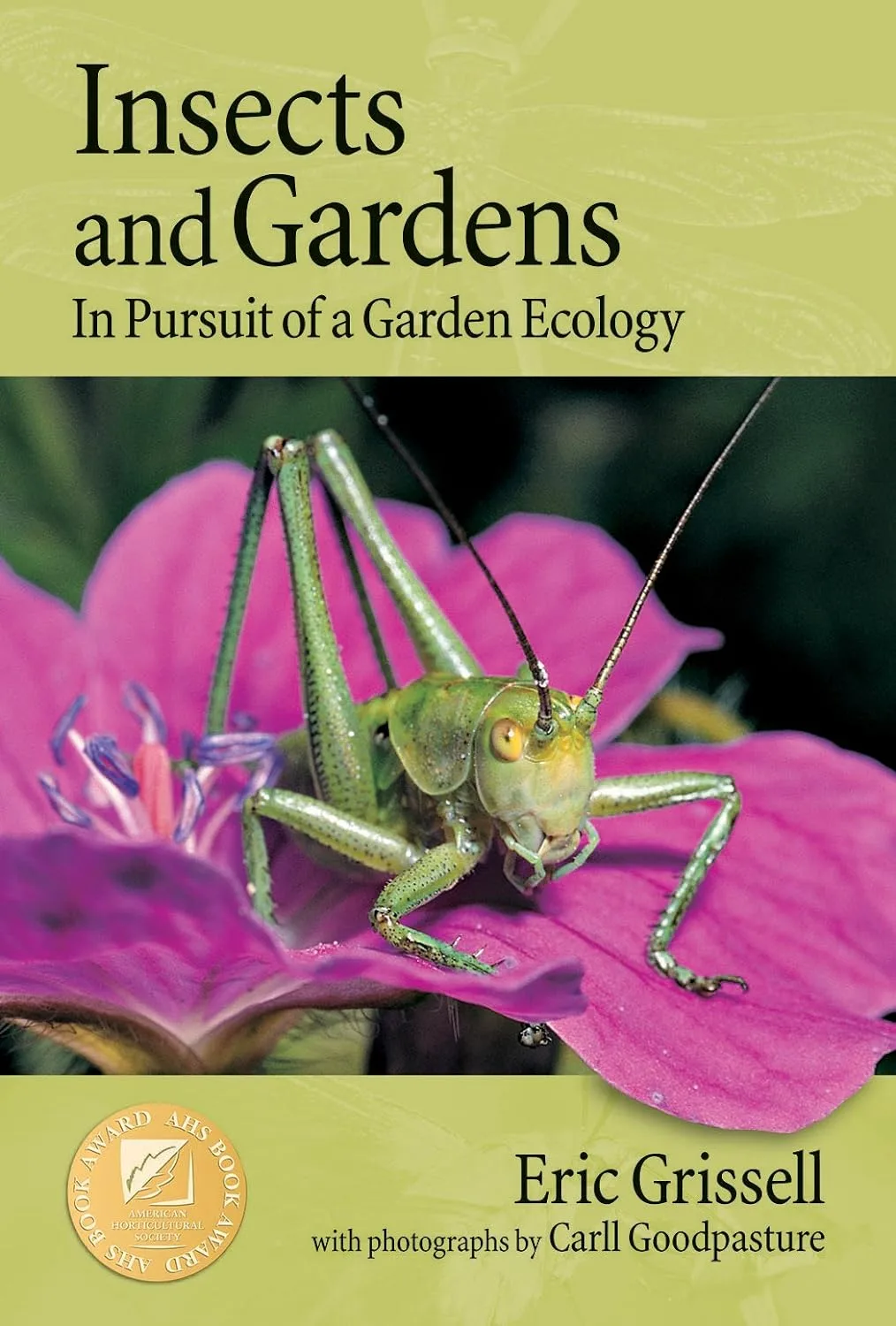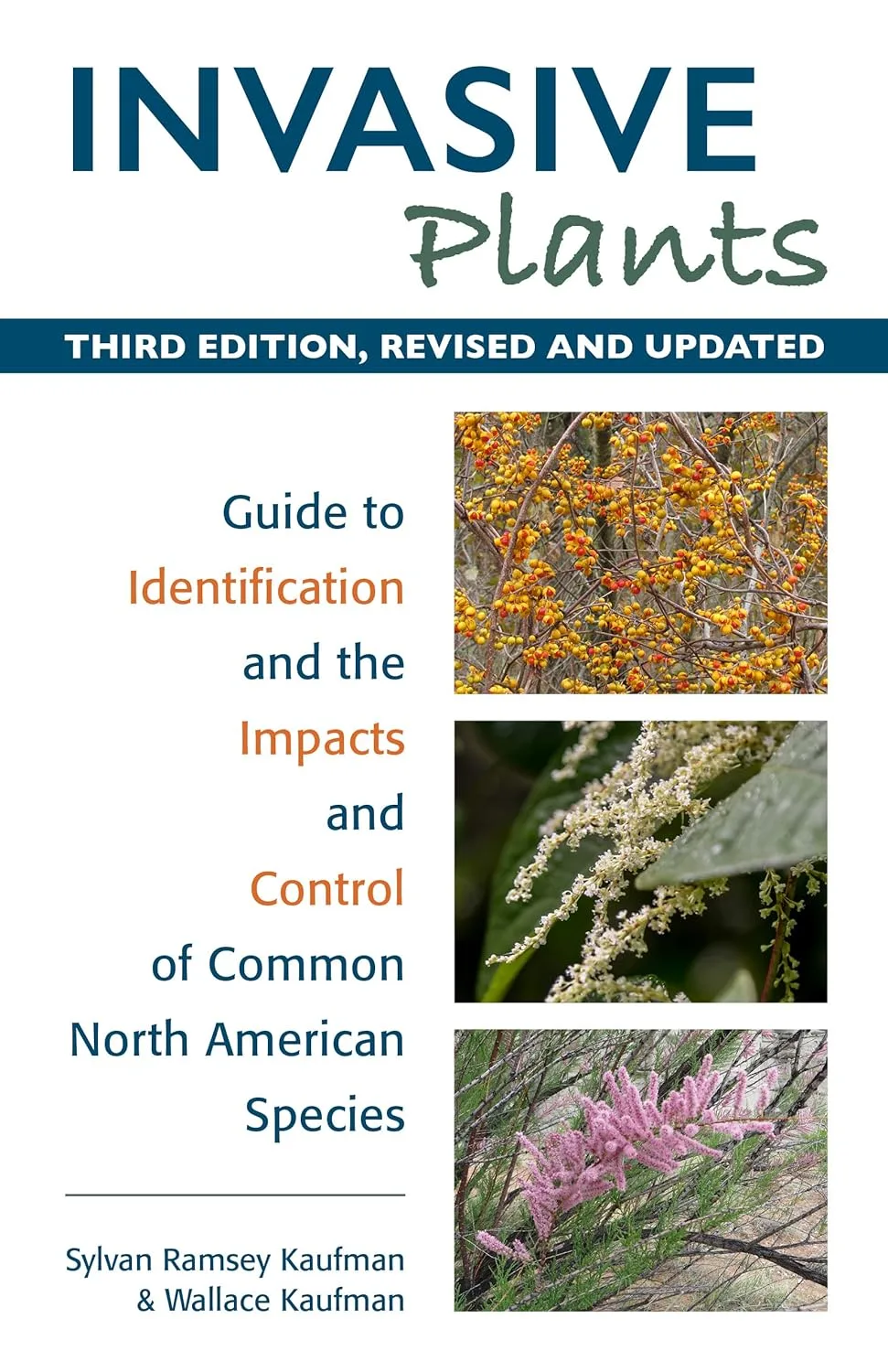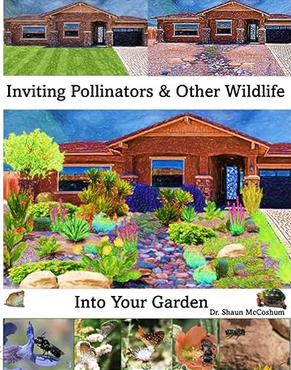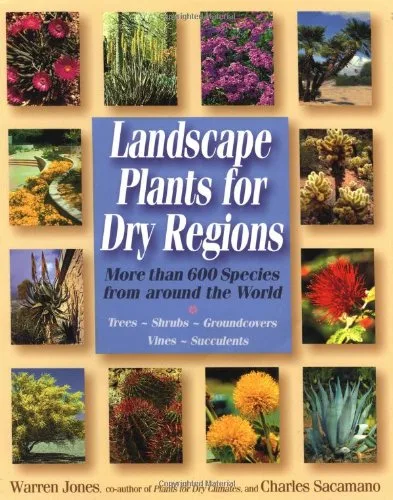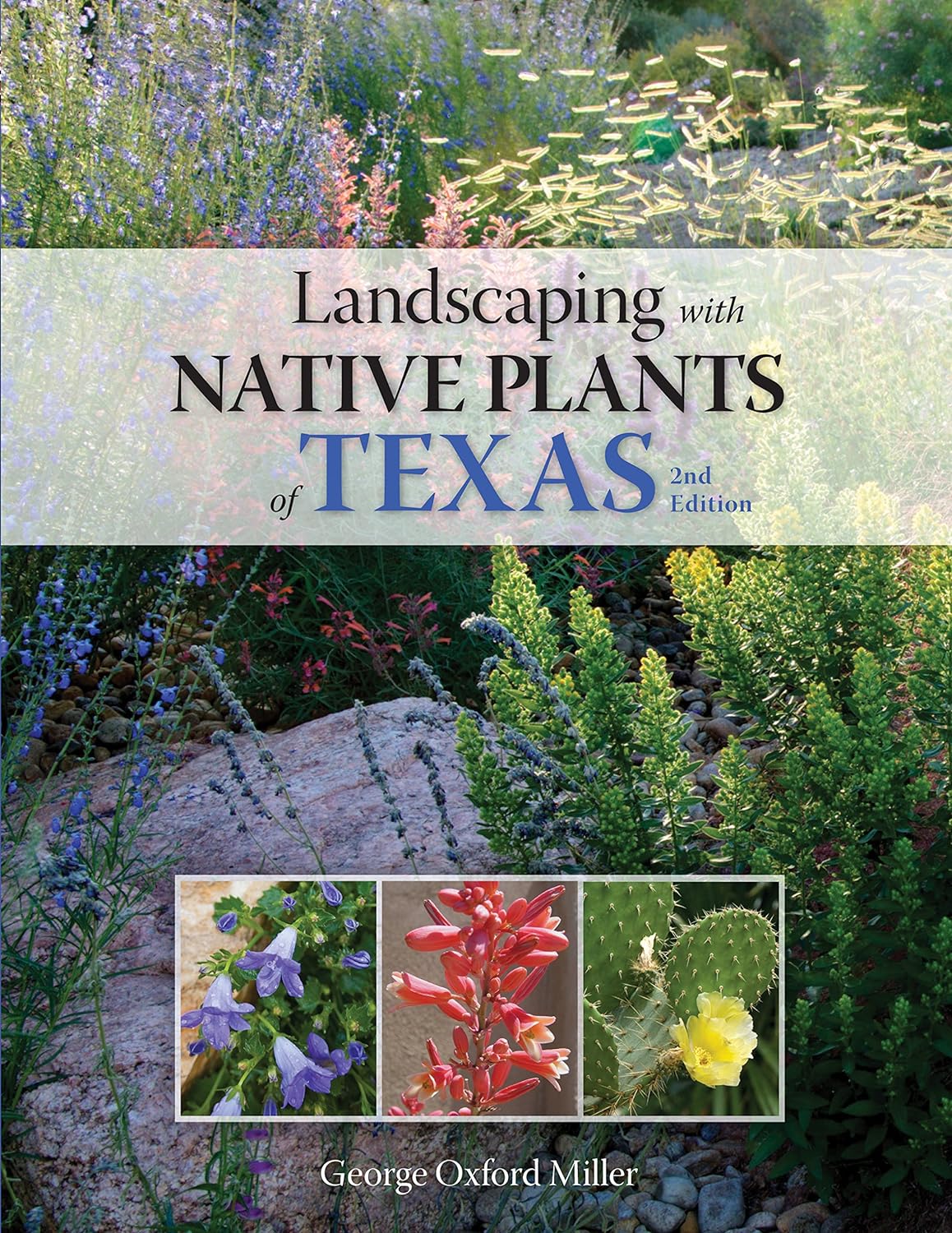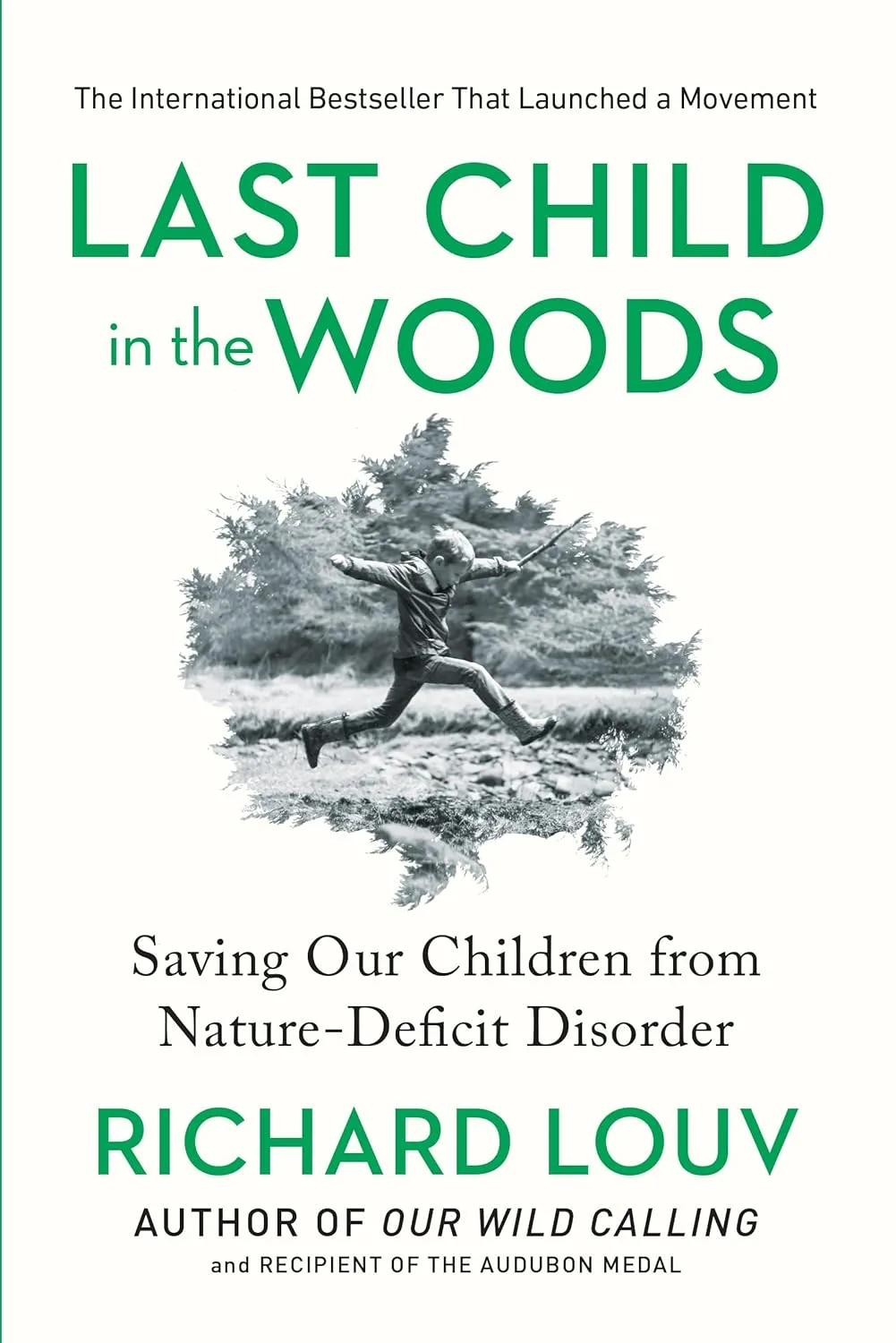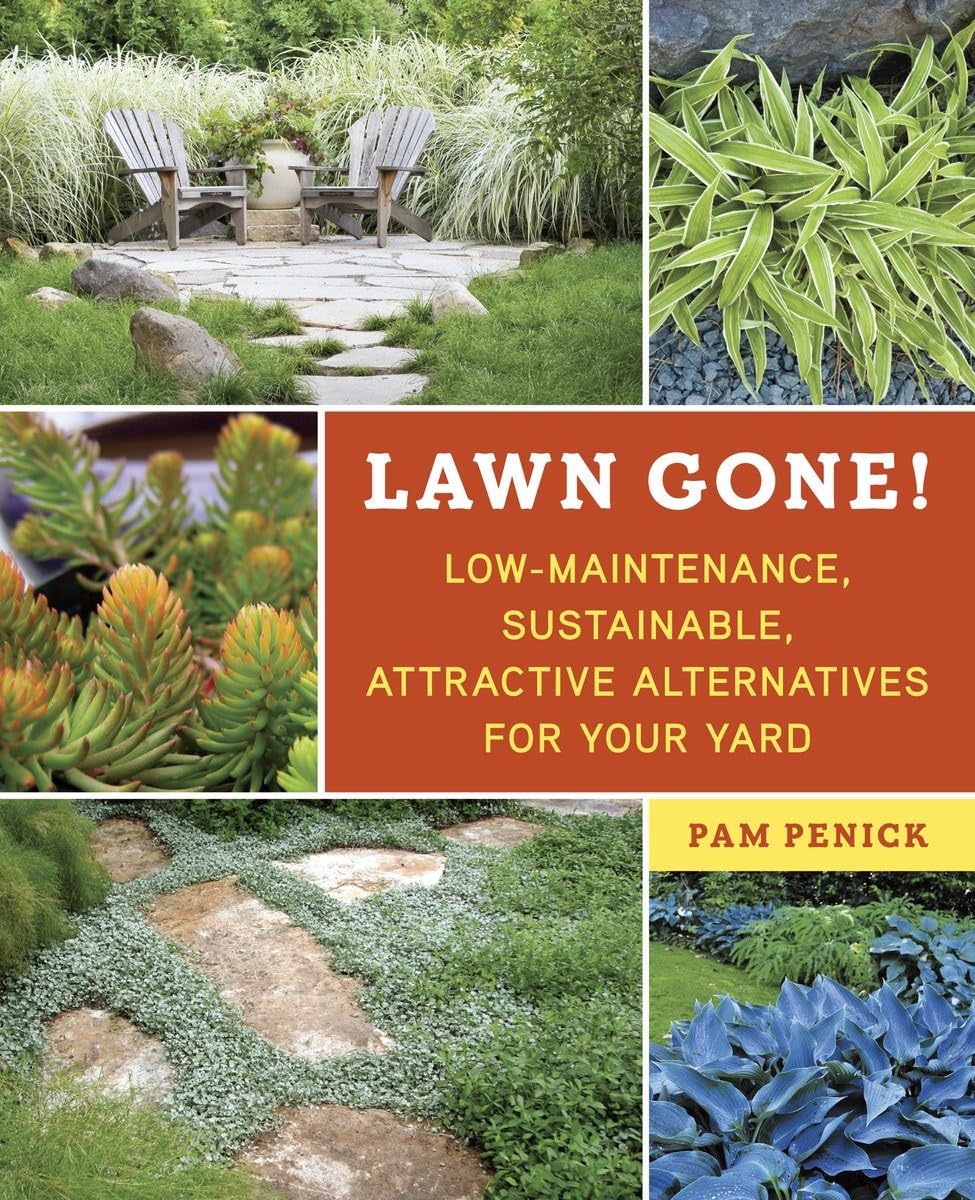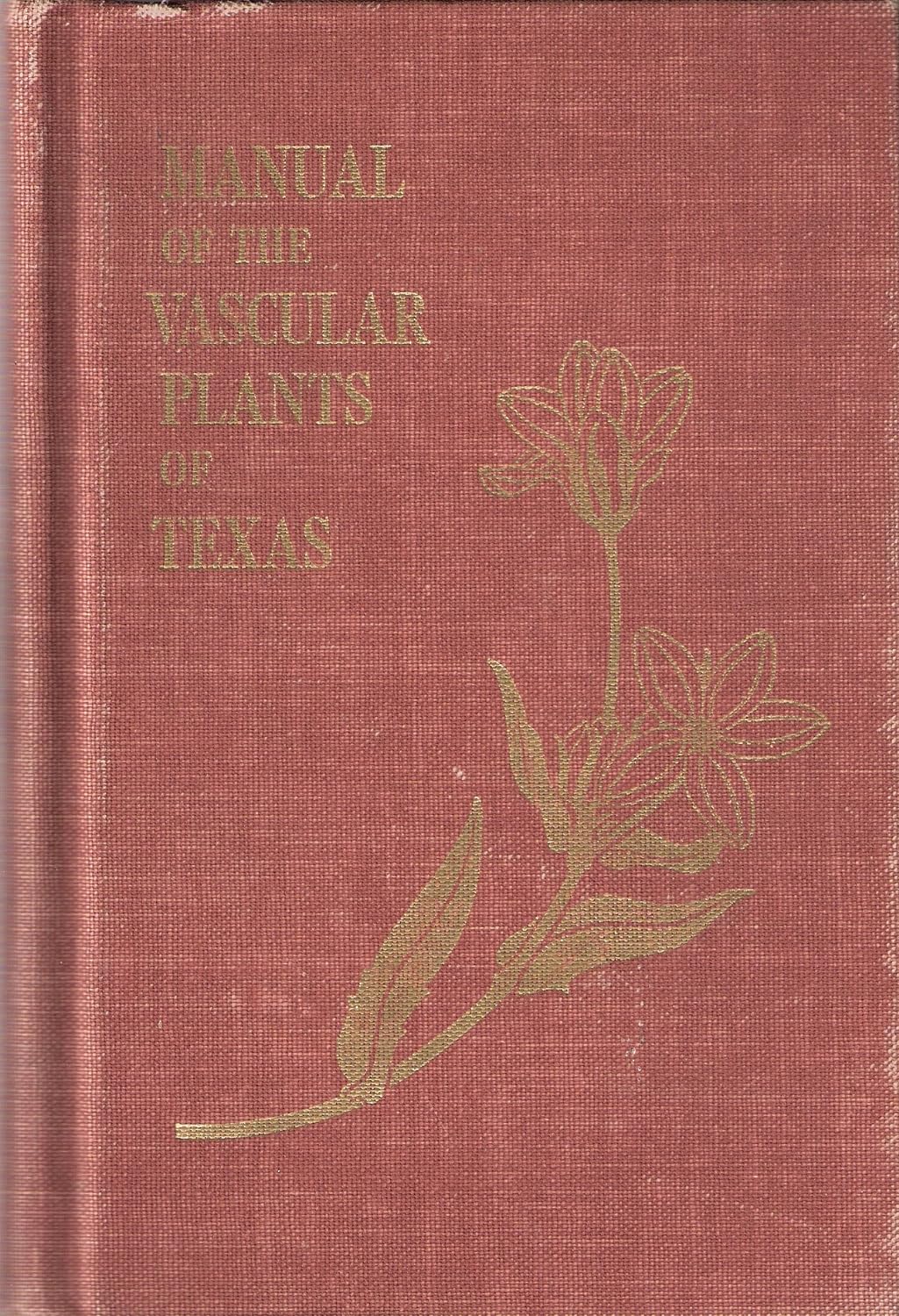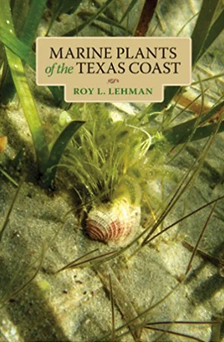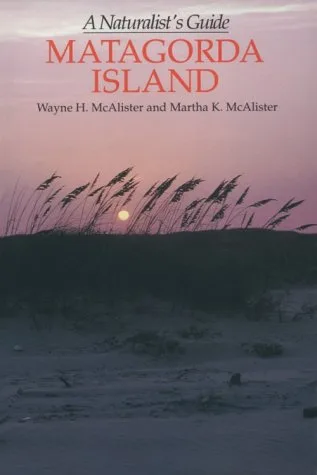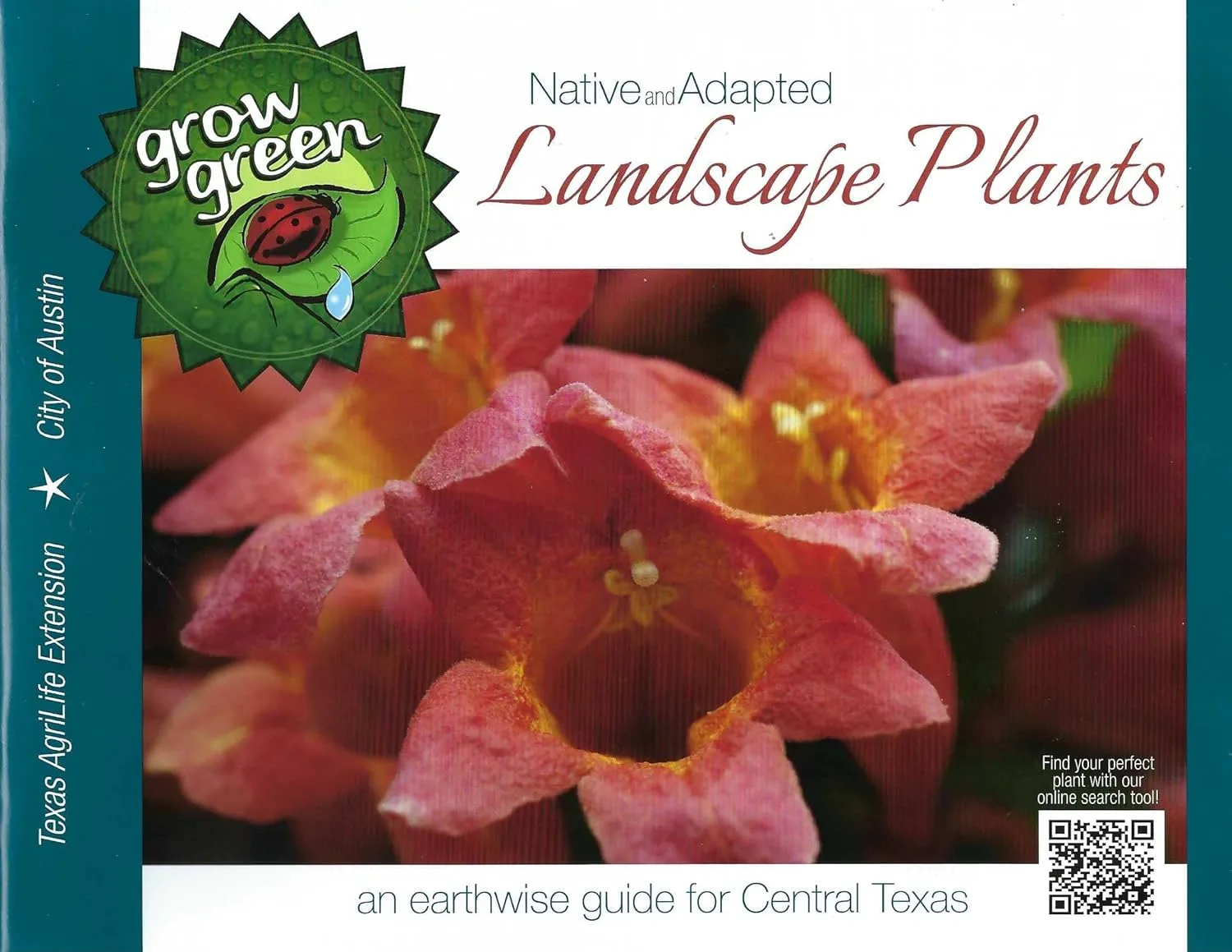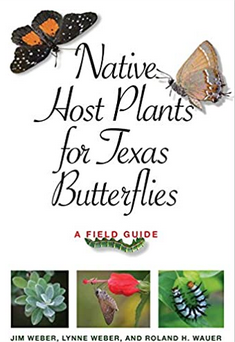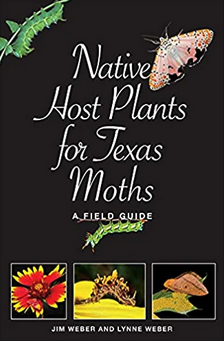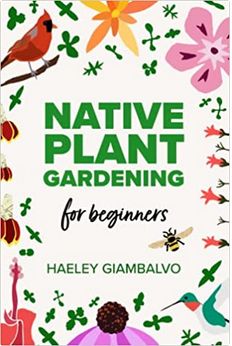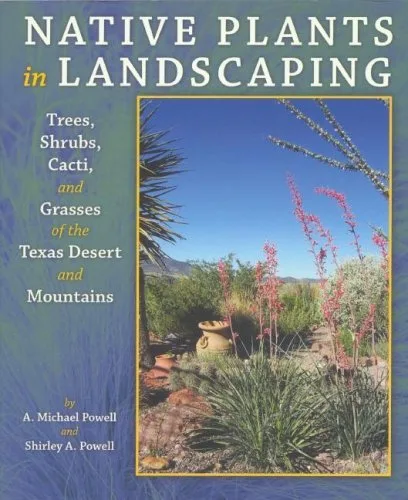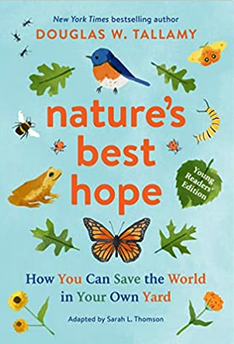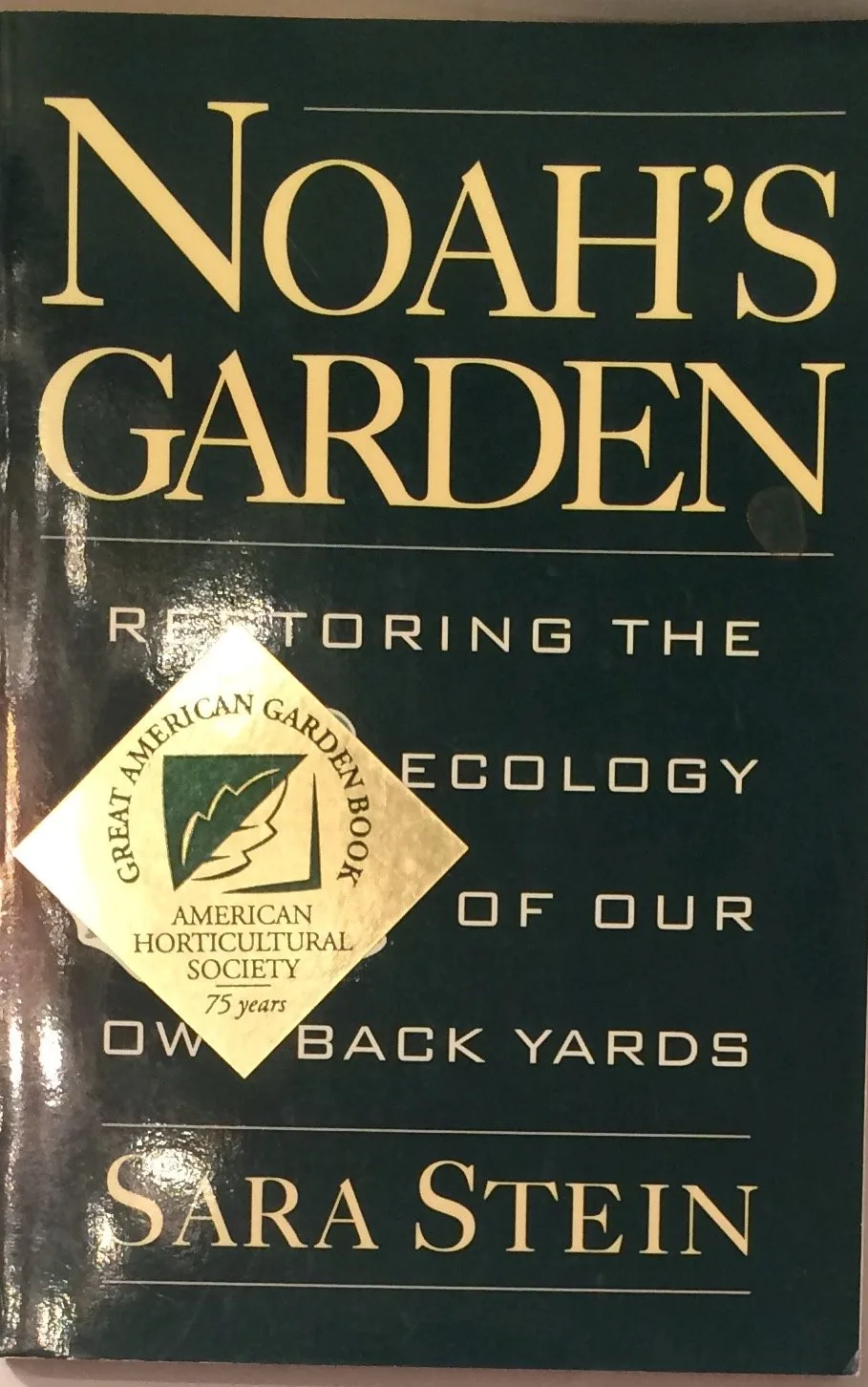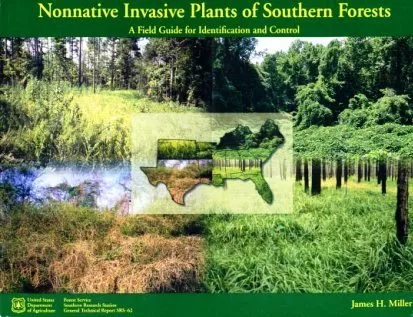
Bookstore
Welcome to our Virtual Bookstore! Enjoy browsing our selection of books about the Native Plants of Texas. We are offering this virtual bookstore through an Amazon Associates partnership. A portion of all purchases made through the Amazon links on this page will support the Native Plant Society of Texas. Thank you in advance for your support!
Our bookstore has raised thousands of dollars to support Texas native plants thanks to you!

Explore top picks and trending titles!
Expand these to see some featured books.
Best Sellers
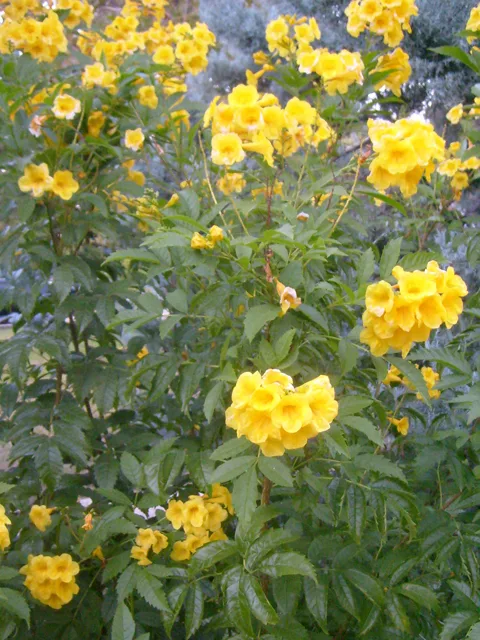
Esperanza – a N.I.C.E. spring plant and Texas SuperStar
Spring began on March 20th. To celebrate the change of season, the Kerrville
and Fredericksburg NPSOT chapters are promoting the Esperanza (Tecoma stans) at local nurseries as part of the N.I.C.E. Native Plant Partner program. (N.I.C.E. stands for “Natives Improve and Conserve Environments.”)
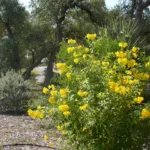 Esperanza, also known as “yellow bells” and “yellow trumpet,” is a native shrub with a tropical feel. Call it eye candy for your summer landscape – if you get it planted during the spring! Esperanza is seen all over the Hill Country, listed and pictured in every single landscape book around Austin or San Antonio, because of its long bloom time, heat tolerance, and low water use.
Esperanza, also known as “yellow bells” and “yellow trumpet,” is a native shrub with a tropical feel. Call it eye candy for your summer landscape – if you get it planted during the spring! Esperanza is seen all over the Hill Country, listed and pictured in every single landscape book around Austin or San Antonio, because of its long bloom time, heat tolerance, and low water use.
In the wild, the native esperanza will be found growing in well drained soil and full sun on rocky slopes near San Antonio and in the Trans-Pecos, north into New Mexico and Arizona, east to Florida and south into Central and South America. The species that is native to the southwestern U.S. and adjacent Mexico is Tecoma stans var. angustata, which is shorter, more drought-tolerant, and more cold-tolerant than some of the tropical varieties sold in nurseries.
South of us, esperanzas are considered almost evergreen, depending on the severity of the winter. Here in central Texas we call it a deciduous perennial – deciduous because it loses its leaves in the winter, and 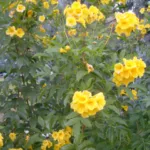 perennial because it comes back every year. The first winter, however, can be stressful or even fatal to esperanzas. That is why they should be planted in the spring, to have many months of root growth before the first hard freeze. And lots of mulch over the roots during that first winter. But at this time of year, that also means waiting to plant it until AFTER our last freeze of the winter. So you might want to hold off on planting it until you feel sure it will not freeze again. Our official “average last freeze” here is April 10.
perennial because it comes back every year. The first winter, however, can be stressful or even fatal to esperanzas. That is why they should be planted in the spring, to have many months of root growth before the first hard freeze. And lots of mulch over the roots during that first winter. But at this time of year, that also means waiting to plant it until AFTER our last freeze of the winter. So you might want to hold off on planting it until you feel sure it will not freeze again. Our official “average last freeze” here is April 10.
GOLD STAR ESPERANZA SPECIFICATIONS AT A GLANCE
Exposure: Full sun (will tolerate afternoon shade)
Size: 4-9 feet high
Planting time: Spring, after the threat of a freeze has passed
Soil type: Extremely easy to grow in alkaline to acidic, well-drained soils
Suggested uses: Use esperanza as a single specimen or plant it in groupings for a large swath of color.
Special notes: Esperanzas tolerate very high temperatures and drought – once established – but they do not tolerate poorly drained soils. During its first year, irrigate regularly, every week to 10 days, allowing plants to dry out between waterings.
WHERE TO FIND IT
Our local NICE nurseries have happily agreed to stock up on our Plant of the Season in order to have it available to the public. These independent nurseries carry only the best plants for our area, as well as high-quality soil amendments and gardening supplies.
Look for the “NICE Plant of the Season” sign stake at these nurseries and growers in Fredericksburg, Medina, Kerrville, and Comfort:
Friendly Natives, 1107 N. Llano Street, Fredericksburg, 830-997-6288
Medina Garden Nursery, 13417 Tx. Highway 16, Medina, 830-589-2771
Natives of Texas, 4256 Medina Highway, Kerrville, 830-896-2169
Plant Haus 2, 604 Jefferson Street, Kerrville, 830-792-4444
The Gardens at The Ridge, 13439 S. Ranch Road 783 (Harper Rd.), Kerrville, 830-896-0430
The Garden Haus, 109 Farm to Market Rd. 473, Comfort, 830-995-5610
Cindy Anderson, Kerrville chapter – for N.I.C.E. plants
Read Review...
Bicycling with Butterflies: My 10,201-Mile Journey Following the Monarch Migration
Sara Dykman
The author’s compelling personal journey confirming the urgency of supporting the 2-way migration of monarch butterflies. View an interview with the author on Central Texas Gardener here.
Read Review...
Bringing Nature Home: How You Can Sustain Wildlife with Native Plants
Douglas W. Tallamy
This book is a call to arms for gardeners who are searching for a better way to plant, maintain, and enjoy their gardens. The author argues that traditional landscaping practices are harmful to the environment and unsustainable in the long run. He advocates for a new approach to gardening that works with nature, not against it. The book provides practical advice on how to create a low-maintenance, sustainable garden that is both beautiful and beneficial to the environment. It includes in-depth profiles of native plants that are well-suited to different regions of the United States, as well as tips on how to design a garden that is both aesthetically pleasing and ecologically sound.
Read Review...
Gardening With Prairie Plants: How To Create Beautiful Native Landscapes
Sally Wasowski and Andy Wasowski
Filled with practical advice and detailed information, this indispensable guide to prairie gardening shows readers how to choose space, plan a garden, select plants and flowers, and much more.
Read Review...
Native Plants for Southwestern Landscapes
Judy Mielke
For gardeners who want to conserve water, the color, fragrance, shade, and lush vegetation of a traditional garden may seem like a mirage in the desert. But such gardens can flourish when native plants grow in them. In this book, Judy Mielke, an expert on Southwestern gardening, offers the most comprehensive guide available to landscaping with native plants. Writing simply enough for beginning gardeners, while also providing ample information for landscape professionals, she presents over three hundred trees, shrubs, vines, grasses, groundcovers, wildflowers, cacti, and other native plants suited to arid landscapes.
The heart of the book lies in the complete descriptions and beautiful color photographs of plants native to the Mojave, Sonoran, and Chihuahuan desert regions of the southwestern United States and northern Mexico. Mielke characterizes each plant and gives detailed information on its natural habitat, its water, soil, light, temperature, and pruning requirements, and its possible uses in landscape design.
Read Review...
Native Texas Gardens: Maximum Beauty Minimum Upkeep
Sally Wasowski and Andy Wasowski
This time-proven classic explores 600 gardens that make the most of the Lone Star State’s home-grown native greenery.
Read Review...
Native Texas Plants: Landscaping Region by Region
Sally Wasowski and Andy Wasowski
Landscape designs for every ecoregion and terrain found across Texas.
Read Review...
Nature’s Best Hope
Douglas W. Tallamy
Nature’s Best Hope shows how homeowners everywhere can turn their yards into conservation corridors that provide wildlife habitats. Because this approach relies on the initiatives of private individuals, it is immune from the whims of government policy. Even more important, it’s practical, effective, and easy—you will walk away with specific suggestions you can incorporate into your own yard.
Read Review...
Wildflowers of Texas
Micheal Eason
Michael Eason describes and illustrates more than 1,100 commonly encountered species, both native and introduced. The book is organized by flower color, with helpful color coding along the page edges making it easy to navigate.
Newest Additions
Naturalist’s Austin: A Guide to the Plants and Animals of Central Texas
Lynne M. Weber, Jim Weber
With clarity and depth of knowledge, Naturalist’s Austin: A Guide to the Plants and Animals of Central Texas provides a tour that includes nearly 700 species of plants and animals native to the region. The book opens with a natural history overview underscores the importance of a strong environmental ethic for ensuring the ability of naturally occurring species to thrive within an urban environment—even one exhibiting the type of explosive growth found in Austin.
Highlighting features of the area’s natural processes (migration, wildfire, caves, aquifers, and others), Weber and Weber present lavishly illustrated accounts of both common and unique plant and animal species, with selected exotics included, that may be found in Austin and the surrounding areas. Each section in the species accounts opens with an informative overview, and the individual accounts discuss species status, seasonality, descriptions, habitat, and “fun facts” related to interesting behaviors or adaptations.
With vivid photographs throughout, this colorful and informative guide is sure to be a favorite of Texas nature lovers. Naturalist’s Austin provides an authoritative and enjoyable resource for the greater appreciation and better stewardship of our natural resources.
Read Review...
Planting in a Post-Wild World: Designing Plant Communities for Resilient Landscapes
Thomas Rainer, Claudia West
Over time, with industrialization and urban sprawl, we have driven nature out of our neighborhoods and cities. But we can invite it back by designing landscapes that look and function more like they do in the wild: robust, diverse, and visually harmonious. This book is an inspiring call to action dedicated to the idea of a new nature—a hybrid of both the wild and the cultivated—that can flourish in our cities and suburbs. This is both a post-wild manifesto and practical guide that describes how to incorporate and layer plants into plant communities to create an environment that is reflective of natural systems and thrives within our built world.
Read Review...
Your Remarkable Riparian A Field Guide to Riparian Plants Within the Nueces River Basin of Texas
Steve Nelle
This user-friendly guide introduces the most commonly observed riparian vegetation in
the Edwards Plateau and Rio Grande Plains. However, most of the plants presented
herein occur in riparian areas all across Texas, including the Cross Timbers, Trans-Pecos
and Rolling Plains. The riparian principles described apply to all creeks and rivers.
We’ve included images and details on plants that truly provide the heavy lifting when
it comes to holding and cleaning water within the riparian landscape.
This field guide is a tool that you can refer to again and again. Keep it on the dashboard,
take it to the creek, or leave it on the kitchen table so you can consult it regularly. It’s up to
you to learn to read your riparian areas and determine if they’re gaining or losing function.
With this knowledge and appreciation, you can successfully assess and monitor your
riparian areas and help manage them in ways that conserve and enhance their function.
The Purchase button links to a FREE PDF eBook.
Read Review...
Weeds in South Texas and Northern Mexico: A Guide to Identification
James H. Everitt, D. Lynn Drawe, Robert I. Lonard
One person’s weed is another’s wildflower, but in this book weeds of southern Texas and northern Mexico are defined as plants that are considered a nuisance to farmers or noxious to livestock in the region. The book covers 189 broad-leaved herbaceous species, grasslike plants, and grasses, encompassing 144 genera and 45 families. These include one species of fern, 142 species of dicots, and 46 species of monocots. Of the dicots, 111 species of dicots are native and 31 are introduced. Twenty-one species of monocots are native, and 25 are introduced.
The species descriptions include color photographs, family names, common names, scientific names, general descriptions, and the ecological characteristics of the weeds. Voucher specimens for most of the plants are on file in the University of Texas–Pan American Herbarium. Although this book focuses on plants that occur on both sides of the Rio Grande in Texas and northern Mexico, the extensive ranges of many of the represented species make it a useful reference for weeds in other areas of Texas and the southwestern United States. This book will be useful to farmers and farm managers, agricultural consultants, ranchers, natural resource managers, scientists, and anyone interested in the flora of southern Texas and northern Mexico.
Read Review...
The Solitary Bees: Biology, Evolution, Conservation
Bryan N. Danforth, Robert L. Minckley, John L. Neff
This book uses a modern phylogenetic framework to shed new light on the life histories and evolution of solitary bees. It explains the foraging behavior of solitary bees, their development, and competitive mating tactics. The book describes how they construct complex nests using an amazing variety of substrates and materials, and how solitary bees have co-opted beneficial mites, nematodes, and fungi to provide safe environments for their brood. It looks at how they have evolved intimate partnerships with flowering plants and examines their associations with predators, parasites, microbes, and other bees. This up-to-date synthesis of solitary bee biology is an essential resource for students and researchers, one that paves the way for future scholarship on the subject.
Read Review...
Trees, Shrubs & Cacti of South Texas
James H. Everitt, D. Lynn Drawe, Robert I. Lonard
Two hundred vivid color photographs illustrating approximately 190 species of plants are included in this field guide to the flora of southern Texas. The trees, shrubs, and cacti described within the volume are representative of much of the plant life throughout the coastal Southwest and northern coastal Mexico. Included are family name, scientific name, common name, general description, geographical range, and ecological characteristics.
Read Review...
Wanted! Mountain Cedars, Dead and Alive
Elizabeth McGreevy
This book tells the story of Mountain Cedar trees that grow in the Texas Hill Country. Over the last 100 years, these trees have been characterized as non-native, water-hogging, grass-killing, toxic, useless species to justify their removal. The result has been a glut of Mountain Cedar tall tales and anti-cedar sentiments.
Inside this ambitious, well-researched book, natural resources planner and ecologist Elizabeth McGreevy presents another perspective of these trees, also known as Ashe Junipers or Blueberry Junipers. While digging into Texas Hill Country politics, history, economics, culture, and ecology, McGreevy tracks down the origins of each tall tale to determine what is true, what is false, and what lies somewhere in between. She also explains why people respected Mountain Cedars before the 1900s, and what events led to the trees’ downfall and the landscape we see today.
Through a series of arguments, this book serves to replace anti-cedar sentiments with a more constructive, less emotional approach to Hill Country land management and a perspective that not all Mountain Cedars are bad.
Read Review...
Wicked Plants: The Weed that Killed Lincoln’s Mother and Other Botanical Atrocities
Amy Stewart
In this book Stewart takes on over two hundred of Mother Nature’s most appalling creations. It’s an A to Z of plants that kill, maim, intoxicate, and otherwise offend. You’ll learn which plants to avoid (like exploding shrubs), which plants make themselves exceedingly unwelcome (like the vine that ate the South), and which ones have been killing for centuries (like the weed that killed Abraham Lincoln’s mother).
Menacing botanical illustrations and splendidly ghastly drawings create a fascinating portrait of the evildoers that may be lurking in your own backyard. Drawing on history, medicine, science, and legend, this compendium of bloodcurdling botany will entertain, alarm, and enlighten even the most intrepid gardeners and nature lovers.
Read Review...
Browse our Books
In a Desert Garden: Love and Death Among the Insects
John Alcock
This book is about the author’s personal laboratory for ecological studies, which he created by replacing the Bermuda grass in his suburban Arizona lawn with gravel, cacti, and fairy dusters. He seeded his property with flowers to entice certain insects and even added a few cowpies to attract termites. His observations of life in his own front yard provided him with the fieldnotes for this unusual book .
The book draws readers into the strange and fascinating world of plants and animals native to Arizona’s Sonoran Desert. As Alcock studies the plants in his yard, he shares thoughts on planting, weeding, and pruning that any gardener will appreciate. And when commenting on the mating rituals of spiders and beetles or marveling at the camouflage of grasshoppers and caterpillars, he uses humor and insight to detail the lives of the insects that live in his patch of desert. Celebrating the virtues of even aphids and mosquitoes, Alcock draws the reader into the intricacies of desert life to reveal the complex interactions found in this unique ecosystem .
Read Review...
Insects and Gardens: In Pursuit of a Garden Ecology
Eric Grissell
This book is about the role of insects in garden ecology and how they can be beneficial to the garden ecosystem. Grissell suggests that it might be time to declare a truce with insects in the garden. He explains the vital role insects play in every garden ecosystem and writes about the various orders of insects, describing how the insects grow, feed, and reproduce. With a sound basis in science and a practical grounding in gardening experience, Grissell seeks to introduce the reader to insect biology and the role of insects in garden ecology. He describes the various orders of insects the gardener is likely to encounter, and writes knowledgeably about how insects grow, feed, and reproduce.
Read Review...
Invasive Plants: Guide to Identification and the Impacts and Control of Common North American Species
Sylvan Ramsey Kaufman, Wallace Kaufman
This book provides a comprehensive guide to identifying and understanding the plants that are changing the North American landscape forever.
The book features full-color photos and descriptions of more than 250 alien species, both terrestrial and aquatic, that are in some cases changing the landscape to an almost unimaginable degree. Accompanying text describes the plant’s environmental and economic impacts as well as management techniques used to control it.
The book is divided into several sections, including “The Aliens Landed Long Ago and Keep Arriving,” “Invasives Changing Wild America,” “Managing the Good, the Bad, and the Ugly,” “A Quick Key to Identifying Major Species of Invasive Plant Groups,” “A Field Guide to Individual Species,” and “More Information”.
Read Review...
Inviting Pollinators and Other Wildlife Into Your Garden
Shaun Michael McCoshum
Inviting Pollinators and Other Wildlife Into Your Garden is not only a how-to on building natural habitats for native wildlife, but is also a complete guide. Readers new to native landscaping can accomplish their goal of creating a space for all native species to enjoy and to thrive.
Read Review...
Landscape Plants for Dry Regions
Warren Jones, Charles Sacamano
This book is a definitive guide to landscaping in the Southwest, featuring exotic plants of tremendous potential seldom used in Southwest landscapes.
The book contains full-color photos and descriptions of more than 250 alien species, both terrestrial and aquatic, that are in some cases changing the landscape to an almost unimaginable degree. Accompanying text describes the plant’s environmental and economic impacts as well as management techniques used to control it.
Read Review...
Landscaping with Native Plants of Texas
George Oxford Miller
In this comprehensive, richly illustrated guide, author George Oxford Miller provides the “how-to,” “when-to,” and “what-to” for gardeners, landscapers, and homeowners throughout Texas. Have you ever planted a beautiful—and expensive—shrub in your yard and watched it slowly die because it was in the wrong location? Insufficient sunlight, too much water, improper soil, or too hot an exposure can turn the nursery-perfect specimen into an eyesore. This all-in-one DIY guide helps you beautify your yard using low-maintenance native plants specifically adapted to your local growing conditions.
Whether as foundation hedges, mass plantings, or accent shrubs, Texas’ vast offering of native species can bring year-round beauty to any lawn space. Covering wildflowers, shrubs, trees, vines, cacti, and groundcovers, this book selects the species that combine ornamental qualities, growth habit, adaptability, and year-round beauty for the highest landscape value.
Chapters include photos, maps, charts, and design samples to provide guidelines for species selection and planting, ongoing maintenance, landscape design, and water and energy conservation. Plant descriptions provide detailed habitat requirements for hundreds of native plants, and photos illustrate how each plant looks in the landscape. In Landscaping with Native Plants of Texas, new and experienced gardeners alike will find the facts and advice needed to choose the plants best adapted for their particular landscape. The ornamental beauty of Texas’ native species and the economic advantages of using plants adapted to the local climate demonstrate that the best for our landscapes often comes from our own backyards. And perhaps most importantly, using native plants encourages the repair and preservation of natural plant communities and the wildlife they shelter.
Read Review...
Last Child in the Woods:Saving our Children from Nature-Deficit Disorder
Richard Louv
In this work, Louv highlights the declining exposure of children to nature in American society, coining the term “nature-deficit disorder.” He delves into how this lack of connection with the natural world adversely affects children and society as a whole. Some of the key points from the book include:
- Nature-Deficit Disorder: Louv argues that children today spend less time outdoors due to various factors such as parental fears, structured schedules, and limited access to natural spaces. This deficit has significant implications for physical, psychological, and spiritual well-being.
- Health Implications: The book explores how nature can serve as therapy for conditions like depression, obesity, and attention deficit disorder. Environment-based education not only improves test scores but also fosters critical thinking and problem-solving skills.
- Alternative Future: Louv presents an alternative vision where parents actively encourage their children to engage with nature. By doing so, families can find joy, connectedness, and creativity through outdoor experiences.
Read Review...
Lawn Gone! Low-Maintenance, Sustainable, Attractive Alternatives for Your Yard
Pam Penick
In this book, Penick explores innovative ways to transform traditional lawns into more eco-friendly, low-maintenance landscapes. Here are the key points from the book:
- Lawn Alternatives: The book covers a variety of time-saving options for replacing lawns. These include:
- Alternative Grasses: Grasses that require little or no mowing.
- Ground Cover Plants: Low-maintenance plants that can cover large areas.
- Artificial Turf: Realistic-looking turf that doesn’t need mowing.
- Hardscaping: Using non-plant materials like stones, pavers, or gravel.
- Mulch: A practical and attractive ground cover.
- Step-by-Step Guidance: The book provides detailed instructions on removing existing lawns and implementing these alternatives. It also addresses challenges such as dealing with neighbors and homeowner associations.
- Regional Recommendations: Penick offers plant recommendations suitable for different parts of the country, considering climate and soil conditions.
Whether you’re a seasoned gardener or a beginner, Lawn Gone! empowers you to create a beautiful, sustainable yard that requires less effort and resources.
Read Review...
Manual of the Vascular Plants of Texas
Donovan Stewart Correll, Marshall Conring Johnston
This book is a comprehensive guide to the vascular plants of Texas. It includes detailed descriptions and illustrations of over 5,000 species of plants, as well as information on their distribution, ecology, and economic importance.
Read Review...
Marine Plants of the Texas Coast
Roy L. Lehman
Veteran botanist and educator Roy L. Lehman describes Texas marine plants in four major sections: common shoreline plants, seagrasses, mangroves, and marine algae (red, brown, and green seaweeds.) Each section begins with an introduction that gives an overview of the plant group and includes information on the important traits and terminology used for identification.
Read Review...
Matagorda Island, A Naturalist’s Guide
Wayne H. McAlister
This book is a comprehensive exploration of Matagorda Island, one of the barrier islands along the Texas coastline. The book sheds light on the island’s natural wealth and ecological fragility. Here are the key takeaways:
Matagorda Island stands as a pristine example of an undisturbed barrier island. Unlike many others affected by human development, it remains a haven for sand dunes, sea grasses, waterbirds, and beach creatures. The authors delve into the island’s geology, history, and ecological systems. From vegetation to mammals, birds, herptiles, fish, and invertebrates, every component plays a vital role in maintaining the island’s delicate balance.
Beyond its natural wonders, Matagorda Island has a rich human history. From Karankawa Indians to European explorers, Civil War-era settlers, lighthouse keepers, and even the U.S. Air Force (which used it as a bombing range), the island’s past is woven into its landscape.The book emphasizes the island’s potential future—a place where humans can coexist with nature, appreciating the intricate web of relationships that connect land and living creatures.
In summary, this book invites readers to explore this unique ecosystem, appreciate its past, and envision a sustainable future.
Read Review...
Native and Adapted Landscape Plants, An Earthwise Guide for Central Texas
Texas AgriLife Extension and the City of Austin
This Grow Green guide was created to help you select plants that are native to and adapted for the Austin area. These plants tend to be drought tolerant, most need little, if any supplemental fertilizer, are resistant to most diseases and pests, and many provide habitat and food sources for local wildlife. The less watering, fertilizing and chemical usage required in your yard, the more you contribute to the conservation and protection of our precious water resources – our streams, lakes and aquifers.
Note that the purchase button links to a free PDF eBook.
Read Review...
Native Host Plants for Texas Butterflies: A Field Guide
Jim Weber, Lynne M. Weber, and Roland H. Wauer
This user-friendly, heavily illustrated field guide describes 101 native larval host plants in Texas. Each plant species includes descriptive information on the plant, a distribution map, and photos of both the caterpillars and adult butterflies that frequent them.
Read Review...
Native Host Plants for Texas Moths: A Field Guide
Lynne M. Weber and Jim Weber
Like butterflies, moths require native plant species in order to lay their eggs and feed the caterpillar stage. This user-friendly follow-up to Lynne and Jim Weber’s Native Host Plants for Texas Butterflies describes over 100 native, larval host plants for moths in Texas. More than 150 moth species are illustrated in the book, both larval and adult phases, with one to two species for each of the described host plants.
Read Review...
Native Plant Gardening for Beginners
Haeley Giambalvo
You’ll learn how with native plants it’s possible to achieve a beautiful yard without the need to overhaul your entire landscaping, sacrifice your aesthetic, or remove all your grass. You can make a difference, one native plant at a time.
Read Review...
Native Plants in Landscaping: Trees, Shrubs, Cacti and Grasses of the Texas Desert and Mountains
Michael Powell, Shirley Powell
In this insightful guide, the focus is on the unique flora of Trans-Pecos Texas, an arid and rugged region known for its challenging climate. The authors delve into the remarkable adaptations of native plants that thrive in this environment, emphasizing their cold-hardiness and ability to withstand extreme temperatures. These species have evolved to make the most of limited water availability, making them ideal candidates for sustainable landscaping.
The book not only serves as a practical guide for gardeners and landscapers but also encourages a deeper appreciation for the native flora. By incorporating these plants into our outdoor spaces, we can create gardens that harmonize with the rugged beauty of Trans-Pecos Texas while conserving water and supporting local ecosystems.
Read Review...
Native Texas Gardens: Maximum Beauty Minimum Upkeep
Sally Wasowski and Andy Wasowski
Read Review...
Native Texas Plants: Landscaping Region by Region
Sally Wasowski and Andy Wasowski
Read Review...
Naturalist’s Austin: A Guide to the Plants and Animals of Central Texas
Lynne M. Weber, Jim Weber
Read Review...
Nature’s Best Hope (Young Readers’ Edition): How You Can Save the World in Your Own Yard
Sarah L. Thomson and Douglas W. Tallamy
This middle grade edition of the groundbreaking bestseller by Doug Tallamy will inspire kids to use their backyard to help save the planet.
Read Review...
Noah’s Garden: Restoring the Ecology of Our Own Back Yards
Sara Stein
This book shows us how our landscape style of neat yards and gardens has devastated suburban ecology, wiping out entire communities of plants and animals by stripping bare their habitats and destroying their food supplies. When Stein realized what her intensive efforts at making a traditional garden had done, she set out to “ungarden.” Her book interweaves an account of her efforts with an explanation of the ecology of gardens. Noah’s Garden has become the bible of the new environmental gardening movement, and the author is one of its most popular spokespersons.
Read Review...
Nonnative Invasive Plants of Southern Forests: A Field Guide for Identification and Control
James H. Miller, Erwin B. Chambliss
This book provides information on accurate identification and effective control of the 33 nonnative plants and groups that are currently invading the forests of the 13 Southern States, showing both growing and dormant season traits. It lists other nonnative plants of growing concern, control strategies, and selective herbicide application procedures. Recommendations for preventing and managing invasions on a specific site include maintaining forest vigor with minimal disturbance, constant surveillance and treatment of new unwanted arrivals, and finally rehabilitation following eradication.
Read Review...

